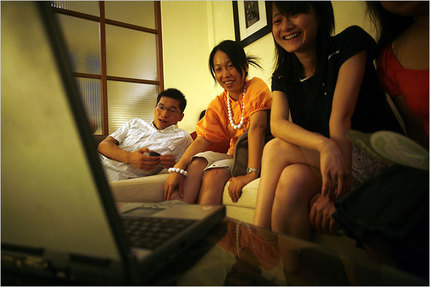 Shanghai friends watch downloaded, subtitled, episode of "Friends." Source of photo: online version of the NYT article cited below.
Shanghai friends watch downloaded, subtitled, episode of "Friends." Source of photo: online version of the NYT article cited below.
SHANGHAI, Aug. 8 — For the past year and a half, said Ding Chengtai, a recent university graduate, friends have wondered why he seems to have disappeared.
Mr. Ding, 23, an Internet technology expert for a large Chinese bank, chuckled at the thought. He has kept himself in virtual seclusion during his off hours, consumed with American television programs like “Lost,” “C.S.I.” and “Close to Home.”
He is no ordinary fan, though; none of the shows he watches can be seen on Chinese television. Instead, he spends night after night creating Chinese subtitles for American sitcoms and dramas for a mushrooming audience of Chinese viewers who download them from the Internet free through services like BitTorrent.
. . .
To a person, the adapters say they are willing to devote long hours to this effort out of a love for American popular culture. Many, including Mr. Ding, say they learned English by obsessively watching American movies and television programs.
Others say they pick up useful knowledge about everything from changing fashion and mores to medical science.
“It provides cultural background relating to every aspect of our lives: politics, history and human culture,” Mr. Ding said. “These are the things that make American TV special. When I first started watching ‘Friends,’ I found the show was full of information about American history and showed how America had rapidly developed. It’s more interesting than textbooks or other ways of learning.”
On an Internet forum about the downloaded television shows, a poster who used the name Plum Blossom put it another way.
“After watching these shows for some time, I felt the attitudes of some of the characters were beginning to influence me,” the poster wrote. “It’s hard to describe, but I think I learned a way of life from some of them. They are good at simplifying complex problems, which I think has something to do with American culture.”
For the full story, see:

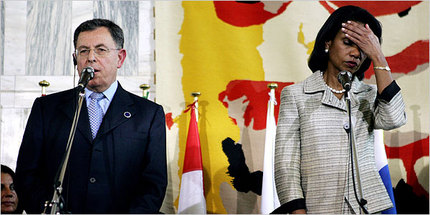
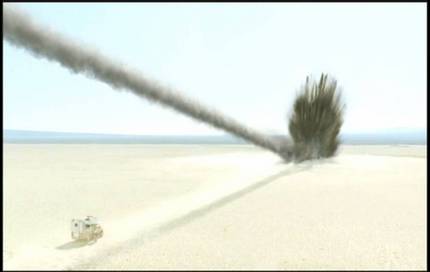
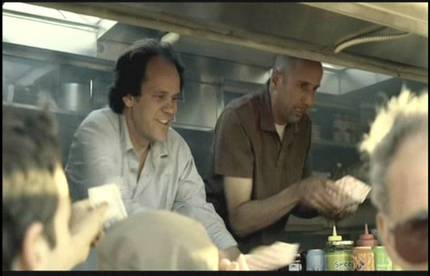
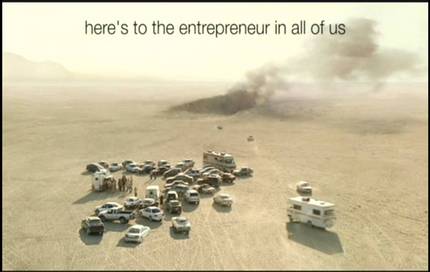
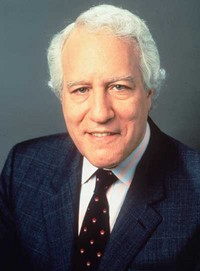
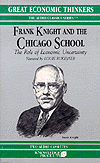
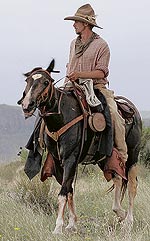 A cowboy on "Texas Ranch House." Source of image: the WSJ article cited below.
A cowboy on "Texas Ranch House." Source of image: the WSJ article cited below.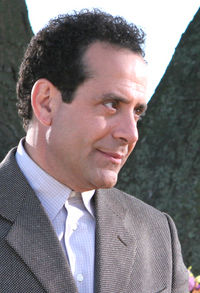
 "Freedom" (oil painting by Esam Pashwa). Source of image:
"Freedom" (oil painting by Esam Pashwa). Source of image: